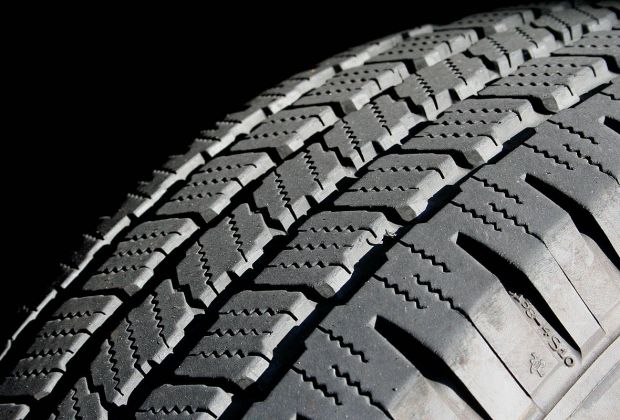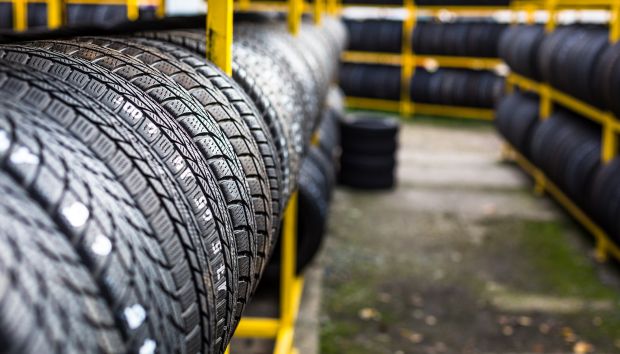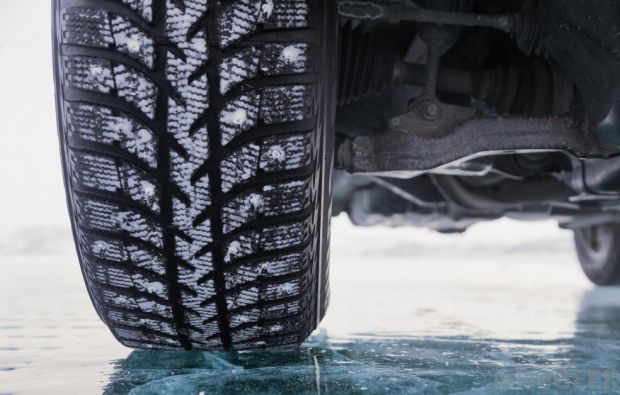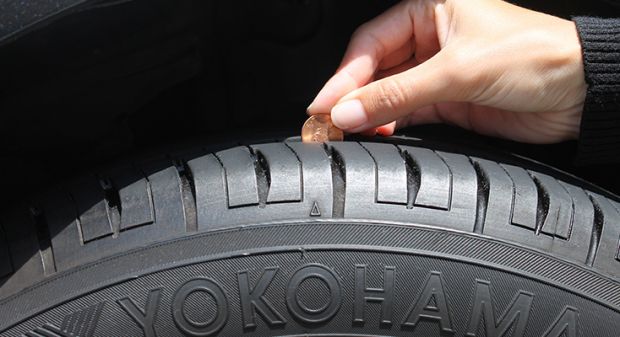Is it Time to Change Your Tires?
By Kimberly Graf. Published on June 9, 2023
If you own a car, you've inevitably come across this issue before – how do you tell how old your tires are? It turns out that finding out how old your tires are and checking to see if they need to be replaced isn't necessarily the same thing.
First off, let's take look at how to determine exactly how old your tires are. The Department of Transportation requires that every tire sold needs to be marked with a date stamp, which is usually pressed into one of the sidewalls of your tires.

This number begins with the letters "DOT" (for Department of Transportation), and it's followed by a string of seemingly random letters and numbers. While you can get a lot of useful information from this code, what you're looking for are the last four digits.
Here's the thing – tires made before the year 2000 don't follow these rules, so if you can't find the information you're looking for on either sidewall of the tire, chances are you've got pretty old tires. If you honestly can't find the code – or the last three digits are set apart – you should replace your tires anyway.
It turns out that driving on tires that are over six years old is dangerous. Like most rubber products, tires will dry rot from the inside out, creating weak spots that can get worse as you drive. At this point, anything with a three-digit code at the back of the string needs to be replaced, no questions asked.

Otherwise, the four-digit code should be set apart from the rest of the string of numbers and letters. The last two numbers tell you the year, while the first two tell you the week number. This might seem like an odd thing to measure by, but it's actually really effective for tire manufacturers.
For example, a four-digit code of 2213 means that the tire was manufactured in the 22nd week of the year 2013. The rule of thumb is six years past the manufacturing date means the tire needs to be changed out. (And when you do get them changed out – save your receipt so you'll know!) Also make sure to check all four of your tires, because they will most likely have different dates of manufacture.
So now that you can tell exactly when your tires were made, let's look at tread. The more tread on the tire, the better. It helps the wheel grip the road so you get more traction even in conditions that aren't wet or icy. Further, the treads help channel water away from your tire, so you don't end up with water between you and the road. This could lead to a number of problems, not least of which is a loss of control.

When your tread gets low enough that it's no longer functioning like this, the tires definitely need to be replaced. You can check this even if you have no idea what you're looking at – the most popular method is with a penny.
Take a penny and slide it between the treads of the tire, making sure that Lincoln's face is on the side of the penny you can see. If you can see all of his head, it's definitely time to change your tires out. They'd be nearly bald at this point and aren't functioning the way they are meant to.
If you can see most of his head and the top of it is just covered, you might need to start saving up for some new tires, but it isn't an emergency.

The amount of tread you have left on your wheels and the age of the tire itself are both really important factors to determining if you need to replace your tires or not. Remember to engage in regular tire maintenance to extend the life of your wheels. Check the tire pressure before longer trips from home and fill them up to the recommended weight (usually printed on the inside of the driver's door). This will improve your gas mileage and go a long way towards preventing a tire blowout.
If you have a tire that is consistently low, there might be something lodge in it or a small hole or leak. If you notice a tire losing air at a more rapid pace than normal, it might be time to replace the tire. Also remember that when you do go to buy tires, you want to buy two at a time and have them professionally installed, that way they are in the best position on the car for the maximum effect.
It's also a good time to have your tires rotated and your frame realigned. Getting all of this done usually isn't much more than the price of the tire and will save you a lot of stress later on. So next time you get into your car, make sure that you're checking all four of your tires!




No comments yet, be the first to say something!